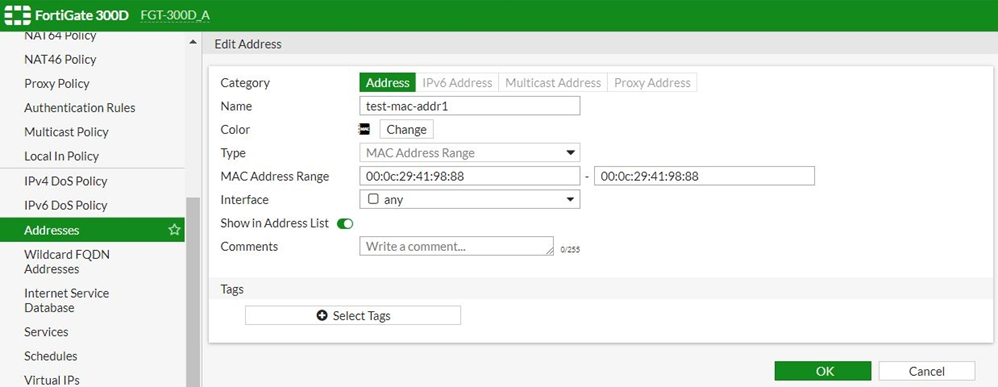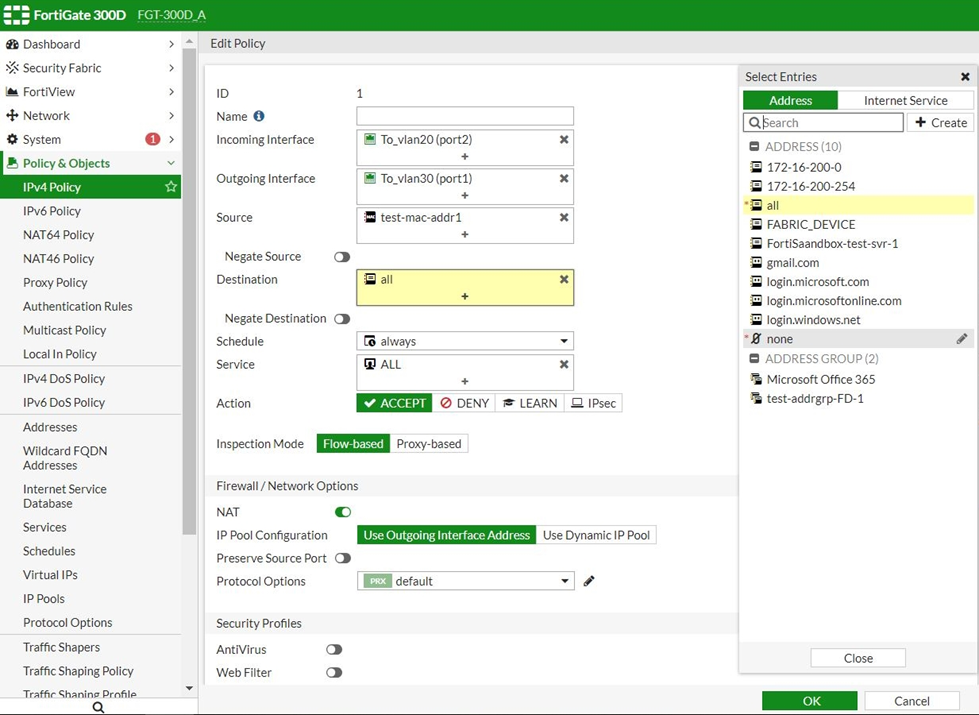- Forums
- Knowledge Base
- Customer Service
- FortiGate
- FortiClient
- FortiAP
- FortiAnalyzer
- FortiADC
- FortiAuthenticator
- FortiBridge
- FortiCache
- FortiCarrier
- FortiCASB
- FortiConnect
- FortiConverter
- FortiCNP
- FortiDAST
- FortiDDoS
- FortiDB
- FortiDNS
- FortiDeceptor
- FortiDevSec
- FortiDirector
- FortiEDR
- FortiExtender
- FortiGate Cloud
- FortiGuard
- FortiHypervisor
- FortiInsight
- FortiIsolator
- FortiMail
- FortiManager
- FortiMonitor
- FortiNAC
- FortiNAC-F
- FortiNDR (on-premise)
- FortiNDRCloud
- FortiPAM
- FortiPortal
- FortiProxy
- FortiRecon
- FortiRecorder
- FortiSandbox
- FortiSASE
- FortiScan
- FortiSIEM
- FortiSOAR
- FortiSwitch
- FortiTester
- FortiToken
- FortiVoice
- FortiWAN
- FortiWeb
- Wireless Controller
- RMA Information and Announcements
- FortiCloud Products
- ZTNA
- 4D Documents
- Customer Service
- Community Groups
- Blogs
FortiGate
FortiGate Next Generation Firewall utilizes purpose-built security processors and threat intelligence security services from FortiGuard labs to deliver top-rated protection and high performance, including encrypted traffic.
- Fortinet Community
- Knowledge Base
- FortiGate
- Technical Tip: MAC address range in IPv4 policy
Options
- Subscribe to RSS Feed
- Mark as New
- Mark as Read
- Bookmark
- Subscribe
- Printer Friendly Page
- Report Inappropriate Content
Description
This article describes new option on FortiOS 6.2 that permits to add a range of MAC addresses - new address type for IPv4 policies.
Solution
FortiOS 6.2 can support ranges of MAC addresses in the following policy types:
* IPv4 Firewall Policy.
* IPv4 Virtual Wire Pair Policy.
IPv4 ACL Policy.
IPv4 Central SNAT Policy.
IPv4 DoS Policy.
The MAC address is a link layer-based address type and the MAC address cannot be forwarded across different IP segments.
For policies in NAT mode VDOM, this new MAC address type is only supported as source address.
For policies in Transparent mode or Virtual Wire Pair interface, use this address type as source or destination address.
When this address type is used in a policy as source address in NAT mode VDOM, IP address translation (NAT) is still performed according to the rules defined in the policy. This new address type only works for source address matching. It does not have any association with NAT actions.
This article describes new option on FortiOS 6.2 that permits to add a range of MAC addresses - new address type for IPv4 policies.
Solution
FortiOS 6.2 can support ranges of MAC addresses in the following policy types:
* IPv4 Firewall Policy.
* IPv4 Virtual Wire Pair Policy.
IPv4 ACL Policy.
IPv4 Central SNAT Policy.
IPv4 DoS Policy.
The MAC address is a link layer-based address type and the MAC address cannot be forwarded across different IP segments.
For policies in NAT mode VDOM, this new MAC address type is only supported as source address.
For policies in Transparent mode or Virtual Wire Pair interface, use this address type as source or destination address.
When this address type is used in a policy as source address in NAT mode VDOM, IP address translation (NAT) is still performed according to the rules defined in the policy. This new address type only works for source address matching. It does not have any association with NAT actions.
To configure a MAC address range using the GUI:
Go to Policy & Objects -> Addresses to create or edit an address.
- For Category, select 'Address'.
- For Type, select 'MAC Address Range' and enter the address range.
- Enter the other fields and click 'OK'.1) Go to Policy & Objects -> IPv4 Policy to apply the address type to a policy in NAT mode VDOM.
In NAT mode VDOM, this address type cannot be used as destination address.To configure a MAC address range using the CLI:Create a new MAC address range type.#config firewall addressApply the address type to a policy.
edit <object_name>
set type mac
set start-mac <mac_address_start #>
set end-mac <mac_address_end #>
next
endIn Transparent mode or Virtual Wire Pair interface, this address type can be mixed with other address types in the policy.#config firewall address
edit "test-mac-addr1"
set type mac
set start-mac 00:0c:29:41:98:88
set end-mac 00:0c:29:41:98:88
next
end
#config firewall policy
edit 1
set srcintf "port2"
set dstintf "port1"
set srcaddr "test-mac-addr1" "10-1-100-42"
set dstaddr "all"
set action accept
set schedule "always"
set service "ALL"
set logtraffic all
set nat enable
next
end
Labels:
Broad. Integrated. Automated.
The Fortinet Security Fabric brings together the concepts of convergence and consolidation to provide comprehensive cybersecurity protection for all users, devices, and applications and across all network edges.
Security Research
Company
News & Articles
Copyright 2024 Fortinet, Inc. All Rights Reserved.


